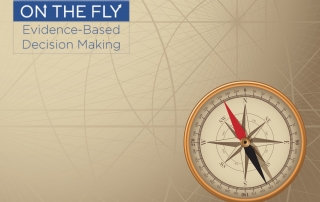Has the time come for Moneyball for government?
Tying funding for social programs to their effectiveness seems like a no-brainer. Sadly, however, genuine evidence-based decision making in policy and budget priority-setting in federal social spending is all too rare. Evaluations are often required in federally-funded social programs; however, the standards of evidence have often been unclear or lacking altogether (Sorry, but using client satisfaction scales as your sole measure of success is a poor way to measure effectiveness!). On top of that, since performance is rarely considered in funding decisions, little incentive exists for programs to change and improve in response to evaluative feedback. An effort to rectify this situation began in the Bush II years— but even then, less than .2 percent of all nonmilitary discretionary programs were held to rigorous evaluation standards. Kind of takes your breath away, doesn’t it? That’s a particularly disturbing figure when you consider that, according to Ron Haskins in the NYT, “75 percent of programs or practices that are intended to help people do better at school or at work have little or no effect.” One way of interpreting this shocking figure is that in the absence of evidence-based decision making, a massive amount of funds are tied up in supporting ineffective programs that could be invested in promising alternatives. […]












